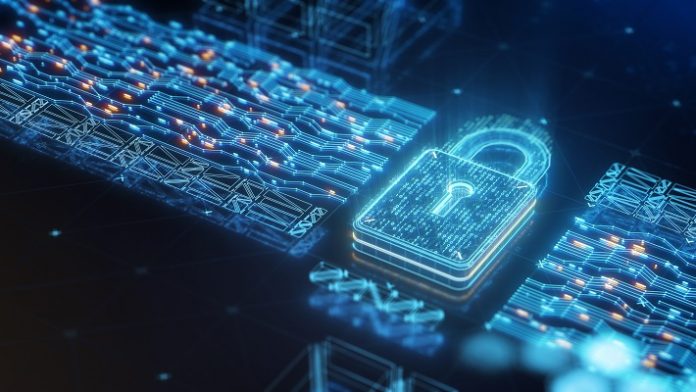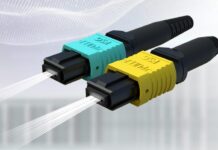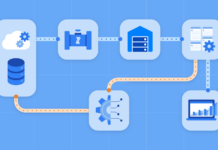Computers haven’t been around for long, but they’ve become a major part of our lives. If you travel the world then you’ll find that Switzerland has the most computers per capita at 65. The United States is a close second with 57 personal computers.
Do you love your computer and want to keep your data safe? Or, maybe you’re thinking about completely removing data.
This article will take a look at the difference between removing data vs encrypting it. Find additional information to explore the differences between these and see which is the right fit for you.
What Is Data Destruction?
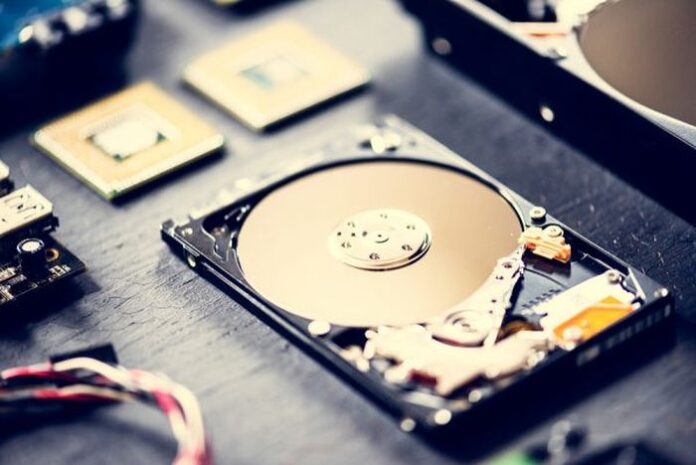
This is where you perform data removal on hard disks, tapes, and other electronic media. This means that you won’t be able to use or access it and it’s unreadable.
If you’re removing data, it doesn’t mean that your data is completely gone. If you need to salvage it later on by a computer repair service professional, it’s still possible. In order to delete it for good, you’ll need to do what’s called data sanitization.
Data Sanitization vs Data Destruction
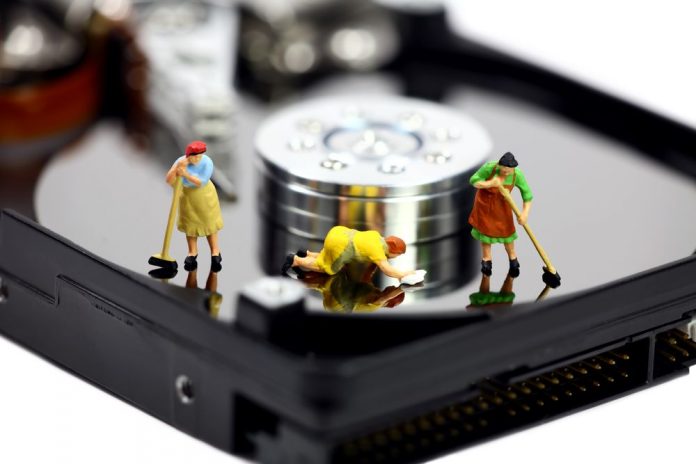
When you use data destruction, you won’t need to worry about verification. When you completely destroy the data it’ll still leave traces behind.
As far as how easy it is to access will depend on the data destruction method that you choose. Keep in mind that physical and data destruction are 2 different methods.
Physical destruction is where you destroy items such as smartphones, hard drives, printers, etc. It can also mean that you reorganize the magnetic fields that you find on hard disk drives.
Making Sure That the Data Is Gone Forever
Keep in mind that data sanitization means that the data is gone forever so proceed with caution. This is where you confirm verification of the data that’s completely wiped for good.
This means that sensitive data won’t be found. Many industries require data sanitization in order to comply with data privacy and protection.
What Is Data Encryption?
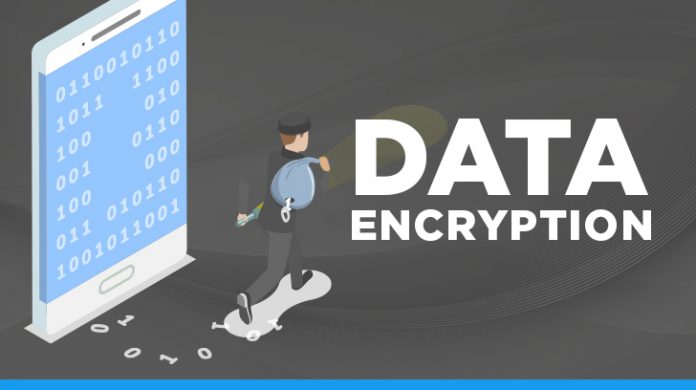
Data encryption allows you to protect, store, receive, and send your data on a device. This is where it scrambles readable text in a way that only the person who has the code can decode it. This is a way to protect sensitive data.
When you use servers or the cloud, your information is constantly being sent to the web. In order to keep your data private, it’s important to encrypt it.
How Data Encryption Works
It works by taking plain text and mixing it into a format that’s unreadable. This protects your data that’s either transmitted or stored on your computer. When you enter in the code it’ll decipher the text and be readable.
Asymmetric vs Symmetric Encryption
Since each encryption key is unique, you’ll have the choice between symmetric and asymmetric encryption. Asymmetric encryption is where you’ll have 2 keys.
There’s a public key that’ll encrypt the data. The private key will decrypt the data. Symmetric encryption is where you use one password to decrypt and encrypt data.
Data Loss Prevention

The best data encryption will protect you from data loss. They also protect you from malware and data theft. Data encryption must also make sure that the different applications and devices are used in a proper way and that your data is secured.
Email control is also an important aspect of data encryption. When you have encrypted emails, it’ll allow you to work through your email without having to worry about sensitive data being attached.
Data loss prevention solutions will block, encrypt, and warn you about sensitive information. Data loss prevention is vital since it’ll be a reliable source to protect your data.
Factory Resetting Your PC
First, backup all of your data that’s important into a cloud service. Next, log out of all of your services. Keep your computer plugged in for the reset.
Head to Settings – Update and Security – Recovery. Click where it says to reset your PC.
From here you can choose whether to remove everything or keep your files. If you choose to remove everything, it’ll delete your files.
When you keep your files, it’ll remove uninstalled apps and reset to the default option. This means that your data will still be there.
Next, head to Settings – Updated and Security – Recovery page. Click where it tells you to learn to start fresh with a clean installation. From here, you’ll click to get started.
Factory Resetting Your Mac
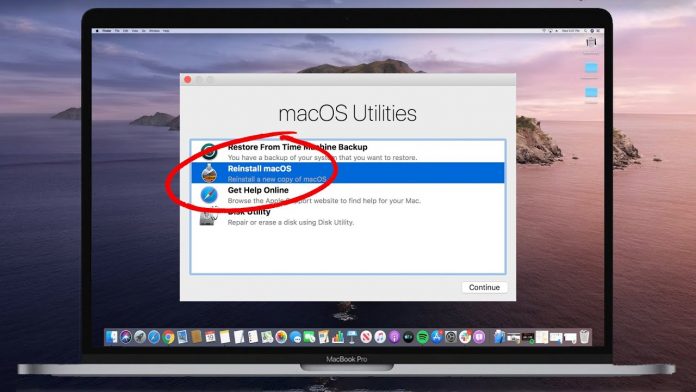
Backup all of your important data into a cloud service. Make sure that you log out of all services. Keep your computer plugged in for the entire reset.
When you restart the device, choose recovery mode. In order to do this, you’ll first hit restart. From here once the computer turns back on, you’ll want to hold onto Command and R until the Apple logo appears.
This will show you a macOS Utilities window. Click disk utility and then continue. Make sure that you choose the correct startup disc and erase it. From here, choose MacOS Extended as your format. Erase this. Once everything is finished, you’ll head to the Disk Utility menu and choose quit. You can reinstall macOS after this.
Exploring the Difference Between Removing Data Versus Encrypting It
Now that you’ve explored this guide on the differences between removing data versus encrypting it, you should have a better idea of what’s the correct solution for you. Are you wanting data recovery for your computer but you aren’t sure how? Or, maybe you’re busy and don’t have the time to perform data recovery.
